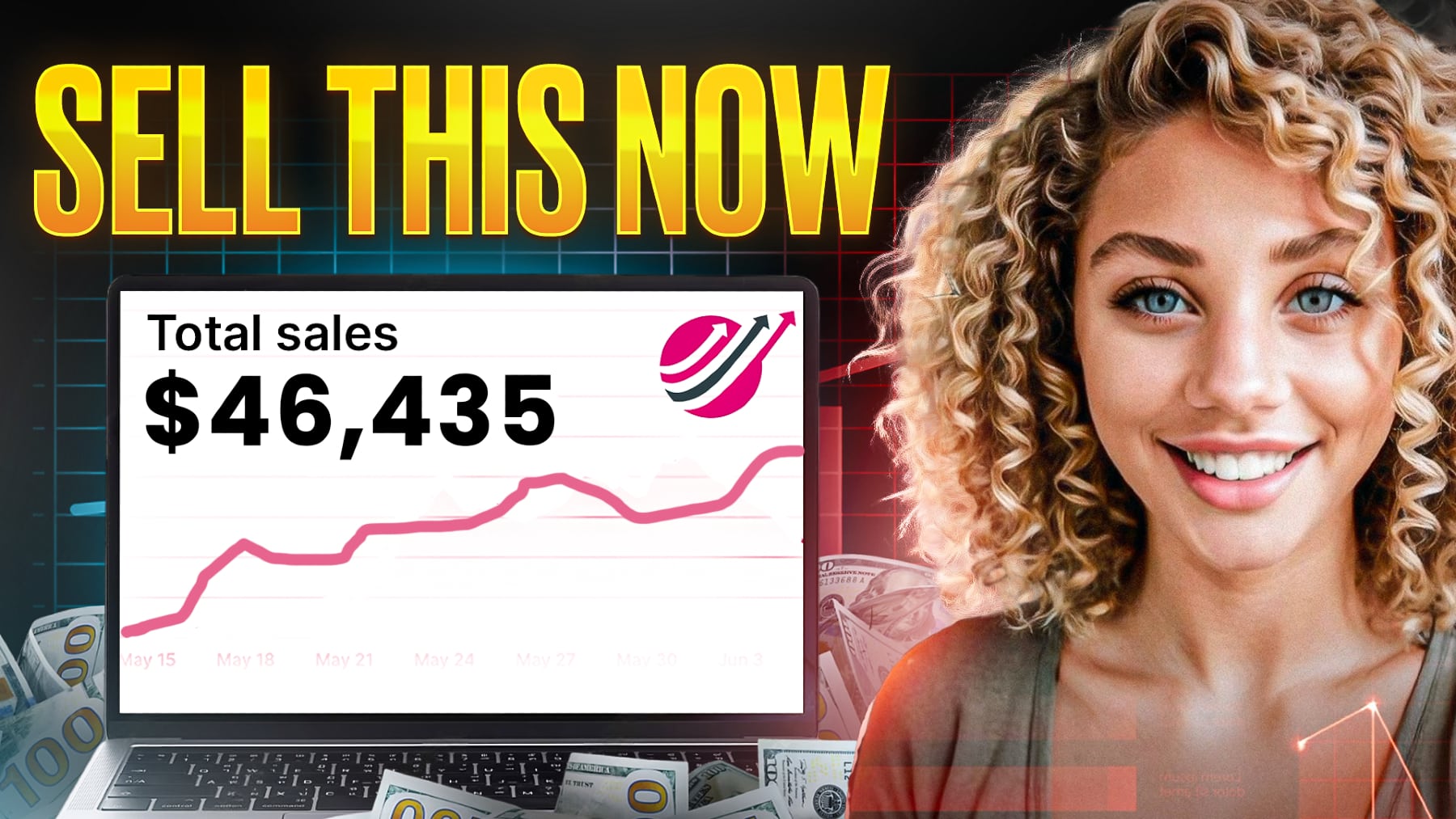15 Best White-Label Products to Dropship in 2026
Contents
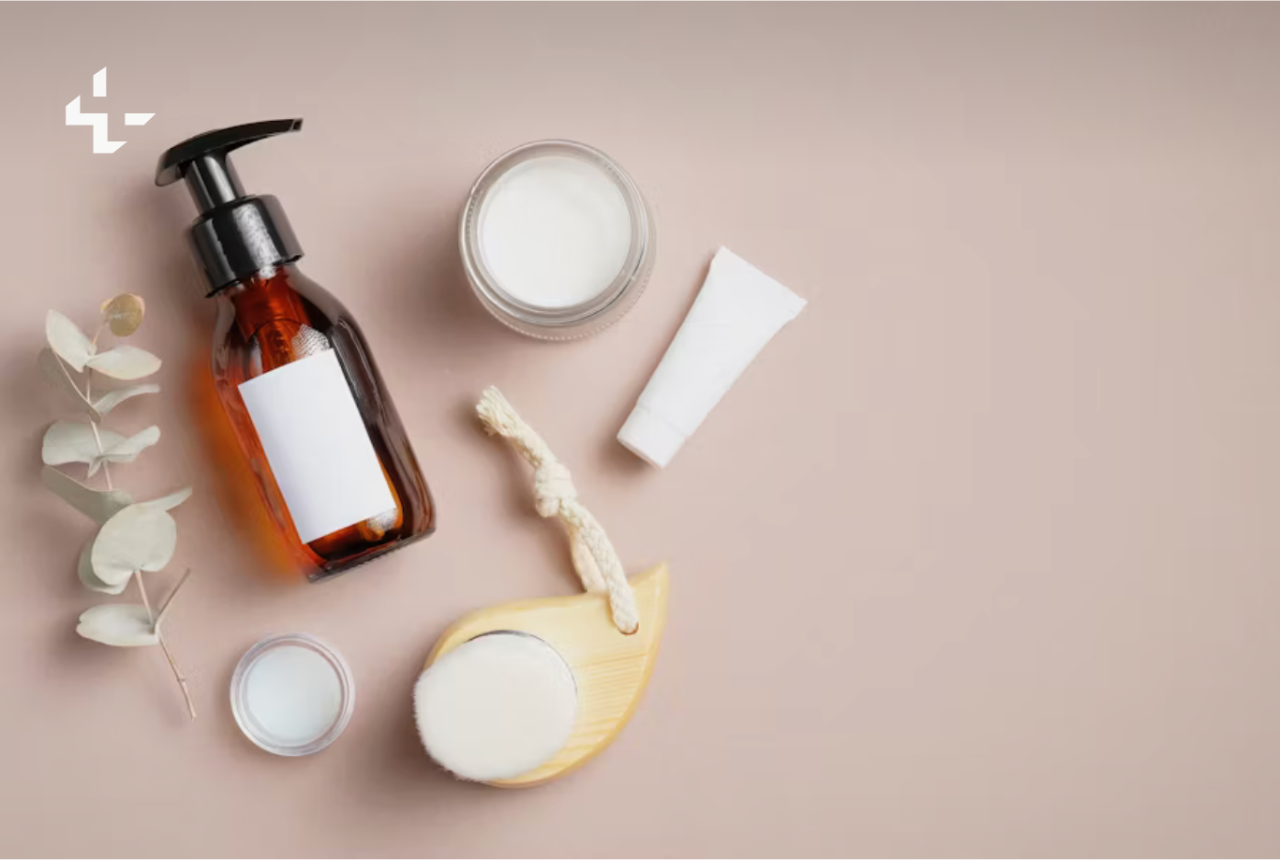
Imagine having your own brand in 2026 without years of trial and error. That is the power of white label products. You take items that already sell and give them your name and style.
The supplier handles the hard work in the background. You focus on branding, smart marketing, and building trust.
In this guide, we will walk you through 15 ideas that you can launch quickly and grow step by step.
Key Takeaways
- Start with a small set of white-label products in one niche, test quickly, and then scale only the offers that bring steady, repeat orders.
- Top picks for 2026 are skincare and cosmetics, health supplements, and fitness clothing because they give room for strong branding and subscriptions.
- Use Sell The Trend to spot products that already sell well, so you test proven demand instead of guessing and wasting budget.
- Track production costs along with ad spend so each product hits a clear profit target before you push it harder.
Are white label products good for dropshipping in 2026?
Yes, white label products are a solid choice for dropshipping.
First, you sell items that already show demand, so you cut a lot of guesswork. The supplier handles stock and shipping so you can focus on branding and traffic. This helps you launch fast and test different niches with a small budget.
Also, you can charge higher prices over time because you sell a real brand instead of a random product. At the same time, you still need to choose good suppliers and check samples so the quality matches your promise. If you treat white label products like a serious brand play, they can turn into a strong, long-term business.
How can Sell The Trend help you pick winning white label products?

When you work with white label products, smart research matters. You want proof that buyers already love the items before you put your brand on them. So before you choose any niche, it helps to see real data in one place.
Here is how Sell The Trend makes that easy:
- Spot real demand before you invest. You see sales trends, store counts, and product history. So you choose items that already move instead of pure guesses.
- Test ideas faster. First, you add products to a test list. Then you watch clicks and views. If a product feels weak, you switch it out early and protect your budget.
- Save time on research. You use filters, ready product lists, and deep insights. This cuts hours of scrolling and lets you focus on launching and improving your store.
- Send winners to your store in a few clicks. Once a product proves itself, you push it to your store fast. You keep the momentum and build your white label brand step by step.
15 Best White Label Products to Dropship in 2026
Here are 15 white label products that still make sense. Use this list as a menu, pick a niche that fits you, then test small before you scale.
1. Skincare, cosmetics
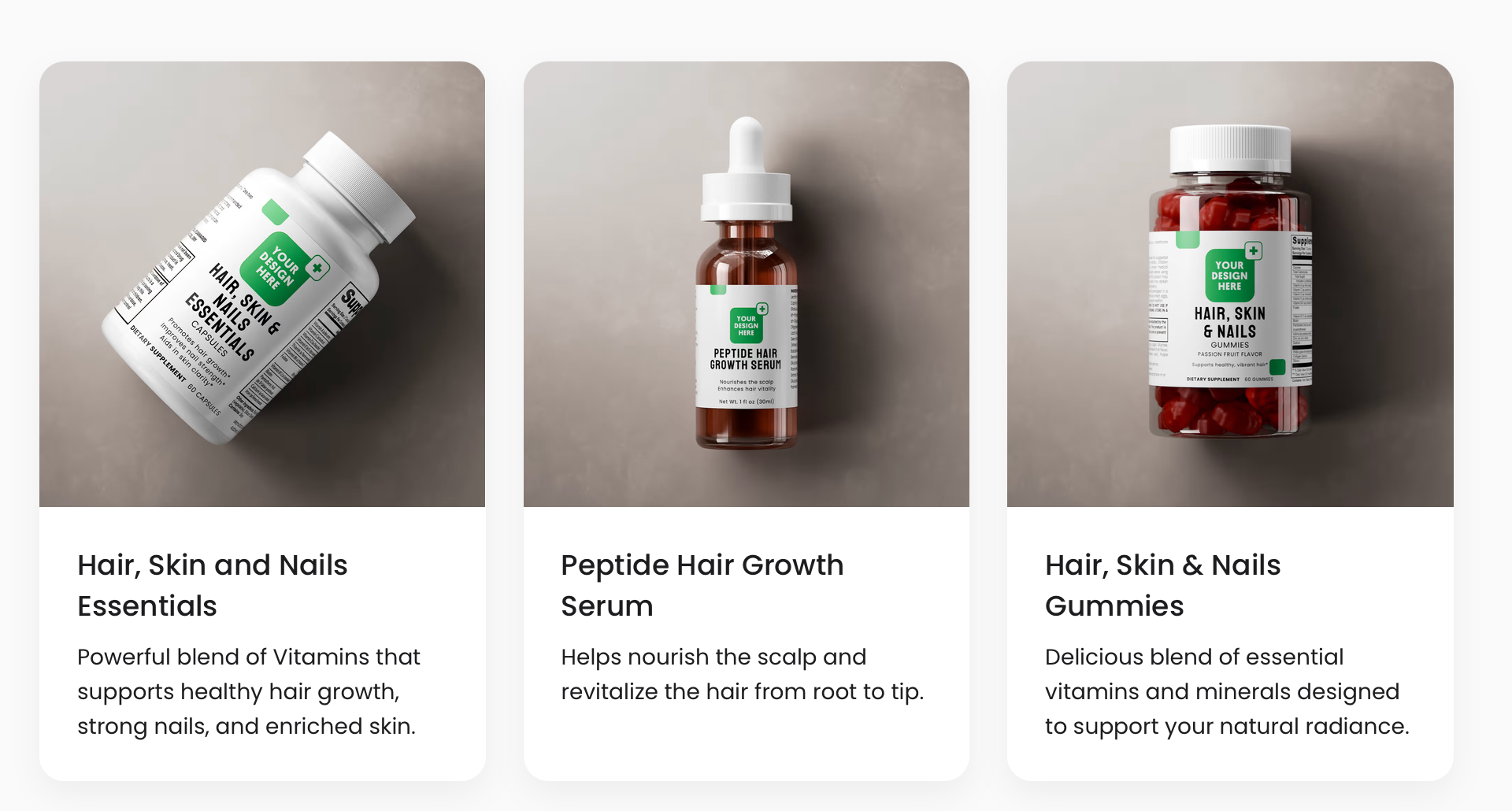
Skincare and cosmetics sit at the top of white label products. People always look for better skin and simple routines that feel easy to follow. If your branding feels clear and your promise makes sense, many buyers will happily try a new label.
Some reasons this category works well:
- Products run out, so buyers come back for refills
- You can bundle items into routines and starter kits
- Small changes in scent or texture can set your brand apart
For real value, focus on the back end as much as the label. Work with labs that share test results and clear ingredient lists. Check which claims you can legally use in the countries you target, so your copy stays safe.
2. Reusable water bottles
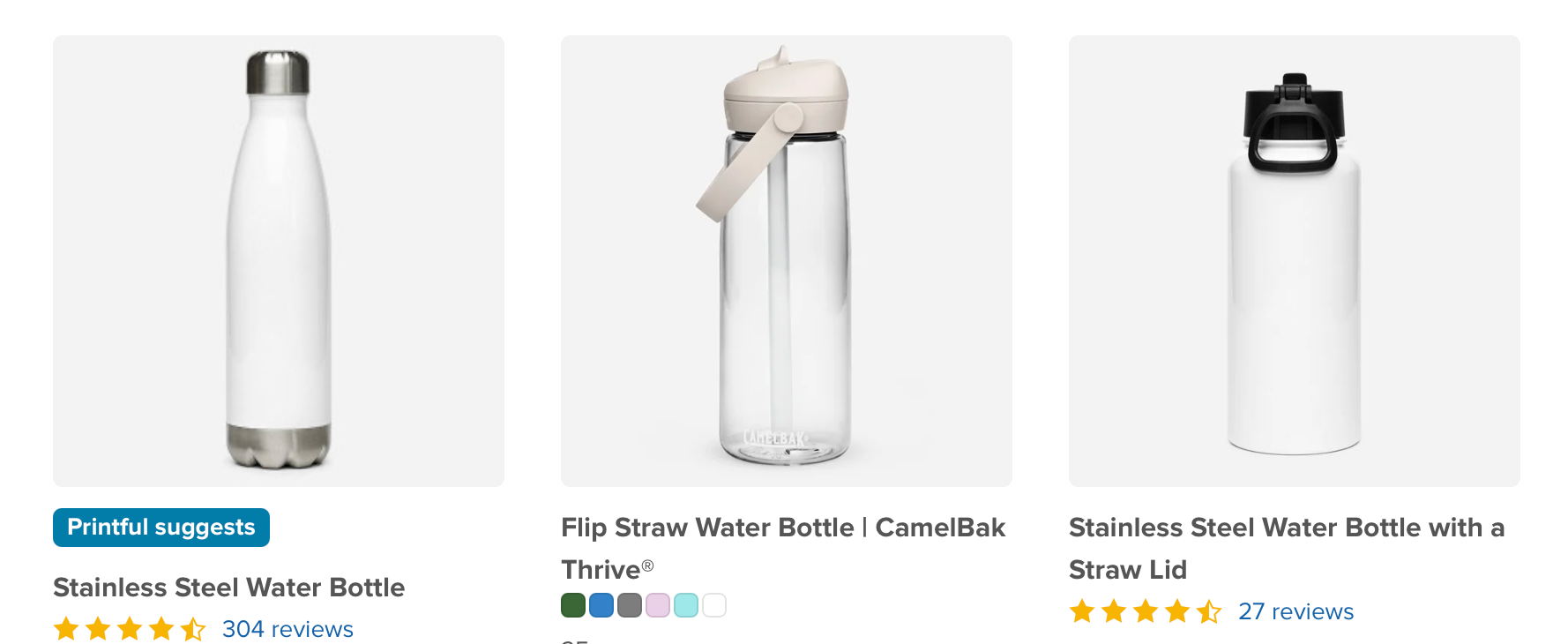
Reusable water bottles keep your brand in a buyer’s hand from the gym to the office to the car. One good design can show up in workouts and travel photos without extra ad spend from you.
Some reasons this category works well:
- Buyers use bottles every day, so your logo shows up often
- You can shape lines for the gym, office, and travel
- Simple add-ons like brushes and extra lids help raise order value
To pick the right products, start with the material and size. Stainless steel feels premium and works well for cold, all-day claims. Tritan-style plastic feels lighter and cheaper, so it fits budget buyers. Common sizes like 500 ml and 1 liter work for most people, so you can lead with those first.
3. Fitness clothing, accessories

People live in leggings, sports bras, and hoodies. They train in them and wear them on quick trips. So one good set can carry your brand through a big part of their day.
You can shape your white label line around clear angles, for example:
- Soft sets for comfort-focused home workouts
- Bold colors for gym lovers who want to stand out
- Simple basics for people who prefer a clean look
Quality checks matter here. Test stretch, seams, and waistband grip. Make sure sizes feel fair, then adjust your size guide if buyers say so. Happy buyers come back for more sets, and that is how your fitness brand grows over time.
4. Mugs

Mugs are one of the easiest white label products to launch, yet they still give you real branding power. You can print your logo, a slogan, or a niche design on a simple base mug and turn it into a “favorite cup” that buyers reach for every morning.
Here are the pros of white label mugs:
- Daily use and strong brand exposure
- Easy design testing with low risk
- Works for many niches and price points
You can start with print-on-demand for mugs. Platforms that work with POD printers let you test many designs without holding stock. Once you see which designs sell well, you move those winners into true white label or bulk orders so your cost per unit goes down and your profit per order goes up.
5. Coffee beans
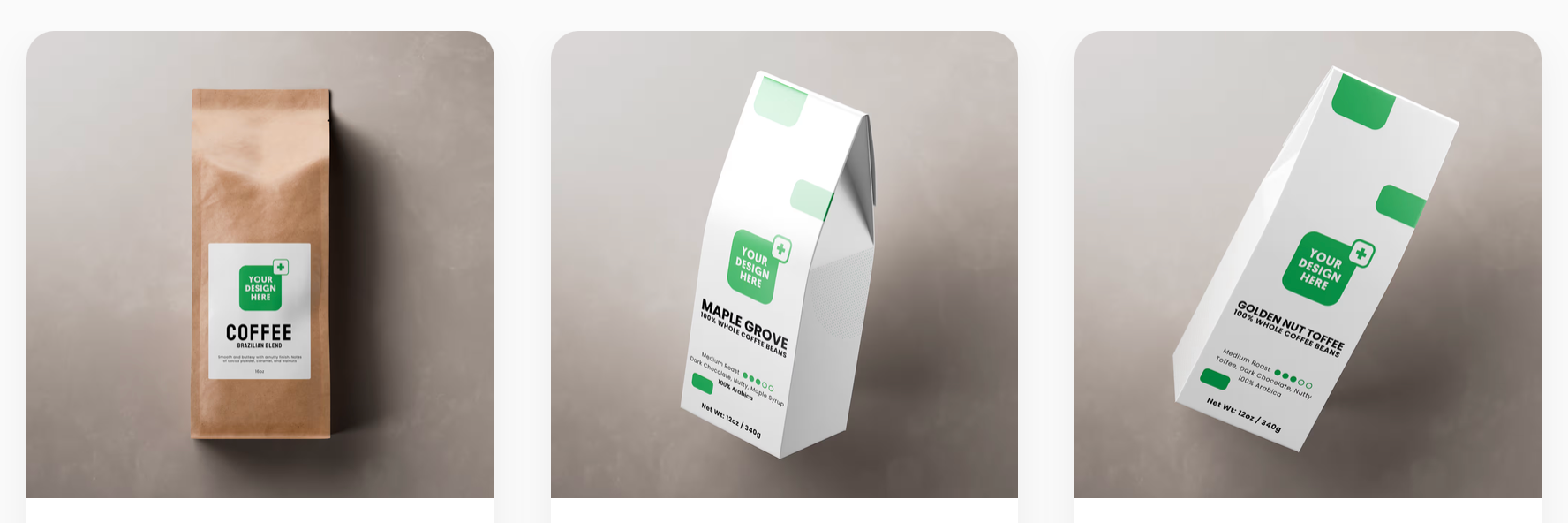
Coffee beans are a classic white label product for a reason. People drink coffee every day, and when they like a blend, they stay loyal. That means you can turn one good roast into long-term repeat orders and even subscription plans.
With coffee, you partner with a roaster that already has solid blends. They roast, pack, and ship under your label. You decide the brand style, the story, and the offers.
Here are the pros of white label coffee beans:
- High repeat purchase potential
- Many niche angles, from organic to flavored
- Easy to add bundles, gifts, and subscriptions
If you want to make this niche work, think about a few extra details. First, choose roasters close to your main market so beans arrive fresh and shipping times stay short. Then offer simple options like whole bean or ground for filter and espresso, since grind style matters a lot to coffee fans.
6. Health supplements
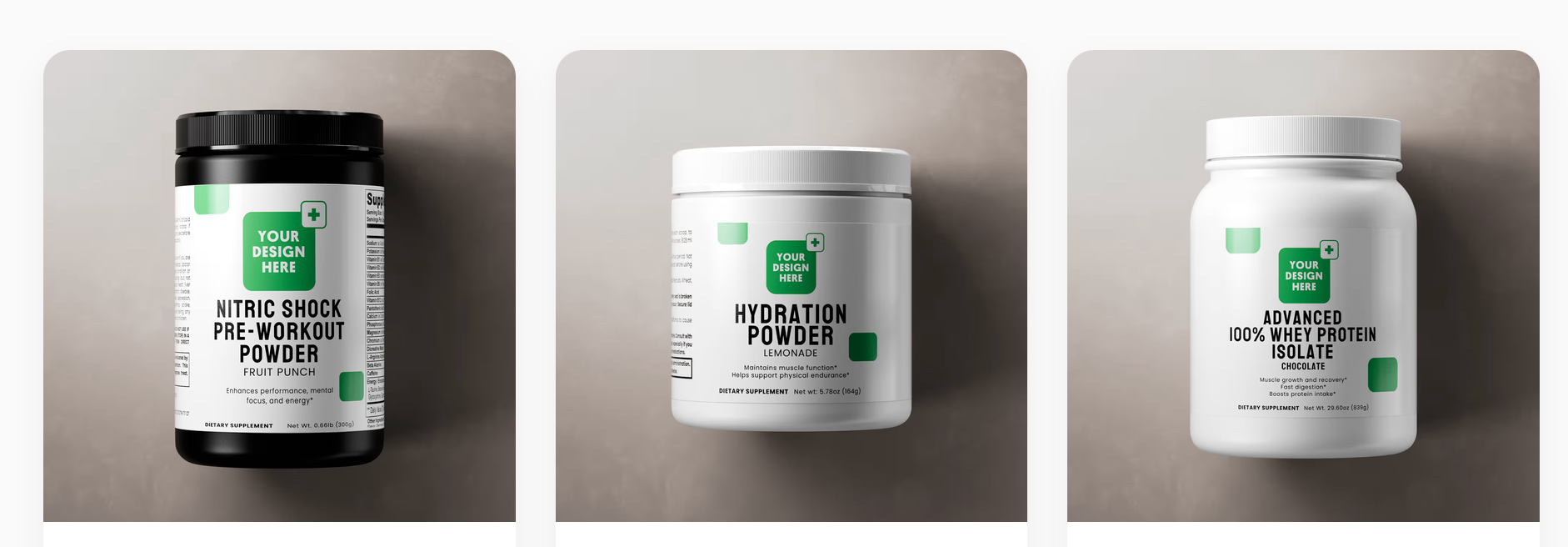
Health supplements remain one of the strongest white label products. People want quick ways to support sleep and general energy. If they feel a real benefit, they come back every month, which is perfect for repeat orders and simple subscriptions.
Here are the pros of white label health supplements:
- Strong repeat purchase potential
- Many focused niches and angles
- Easy to turn into bundles and subscriptions
To make this niche work, you do need to treat it like a serious product. Check if the supplier follows rules in the regions you sell to, such as FDA style guidelines in the United States or EU rules in Europe. Look for labels that show ingredients, dosage, and simple use steps.
7. Pet care products

Pet care keeps growing every year, so it fits white label dropshipping very well. Pet owners treat cats and dogs like family. They spend on treats, grooming, toys, and cute gear even when they cut back in other areas. That gives you steady demand and many ways to stand out.
Here are the pros of white label pet care products:
- Huge base of buyers who love to spoil their pets
- Lots of room for cute branding and strong stories
- Easy to sell bundles such as grooming kits and treat packs
For extra value, lean into customization where it makes sense. Name tags, printed bowls, and collars with patterns give pet owners a reason to pick your brand instead of a plain item. Print on demand works well for these pieces, while white label works better for shampoos, sprays, and supplements.
8. T-shirts, apparel
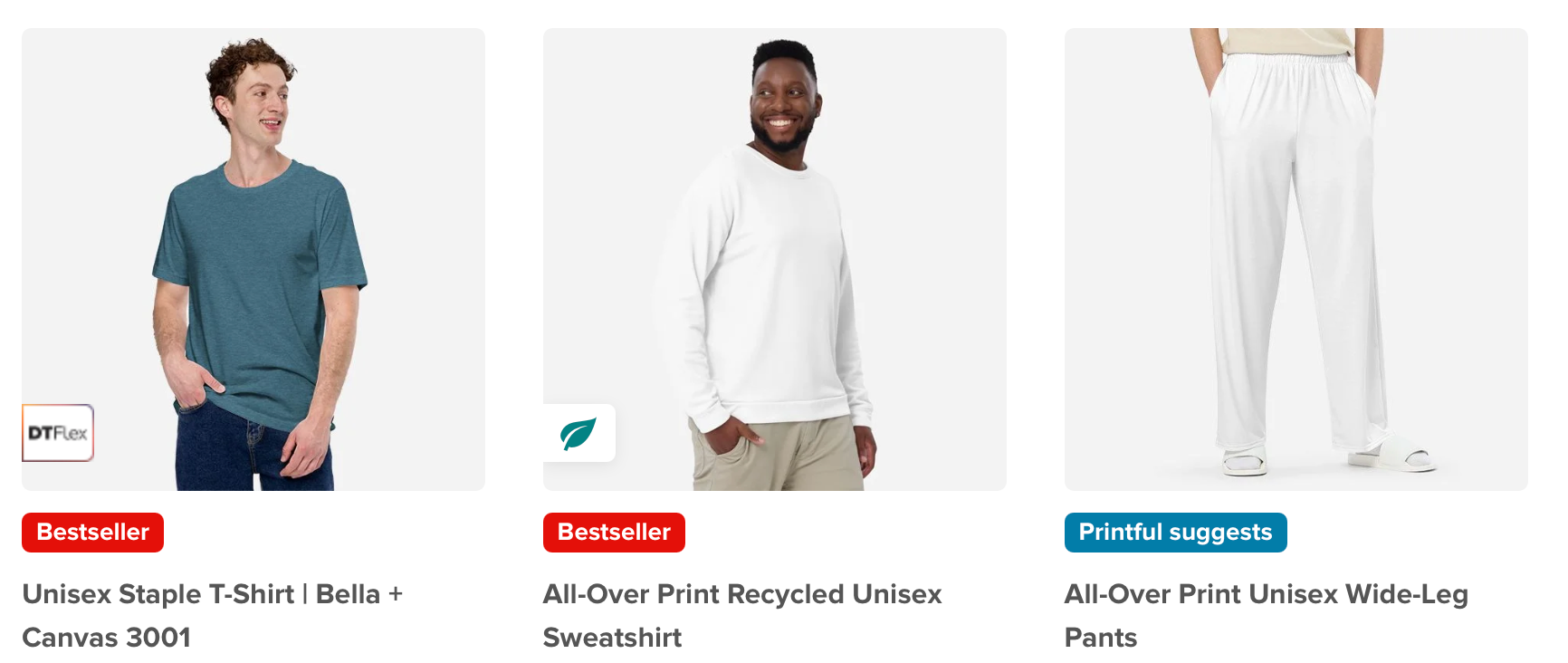
T-shirts and simple apparel give you one of the easiest ways to build a brand. People wear tees, hoodies, and caps every day. So one strong design can travel through gyms, offices, and social feeds without extra ad spend from you.
Here are the pros of white label T-shirts and apparel:
- Huge audience across many ages and niches
- Simple sizing and shapes for core products
- Easy to turn designs into full collections
A smart way to begin is to mix print-on-demand with a true white label. You test ideas on POD (Print on Demand) first, then move your best sellers into bulk white label runs so your cost per piece drops. That way, you keep risk low while you search for winners.
9. Phone accessories

Phone accessories stay hot every year, so they fit white label dropshipping very well. People upgrade phones, lose chargers, crack screens, and want fresh cases all the time. That gives you steady demand and many easy products to test.
Here are the pros of white label phone accessories:
- Huge buyer base with constant replacement needs
- Many small products that ship light and cheaply
- Easy bundles such as case plus cable, plus screen protector
For a smart setup, think in phone families, not single models. Start with the main iPhone and Samsung lines, then add more models once sales grow. Also, choose suppliers with warehouses close to your key markets so shipping stays fast and damage risk stays low.
10. Tote bags

Tote bags are a simple way to put your brand in the real world every day. People use them for groceries, work, beach trips, and quick errands. So one good design can show up in many places without any extra ad spend from you.
Here are the pros of white label tote bags:
- Big print area that shows off your logo or message
- Fits eco-friendly buyers who want reusable bags
- Easy to bundle with apparel or small accessories
A smart move is to start with a few base colors and one main fabric type. That keeps your catalog clean while you test designs. You can also offer two sizes, one for daily carry and one larger size for shopping. Over time, you add zipper options or inside pockets once you know which buyers you attract.
11. Home Decor, office supplies
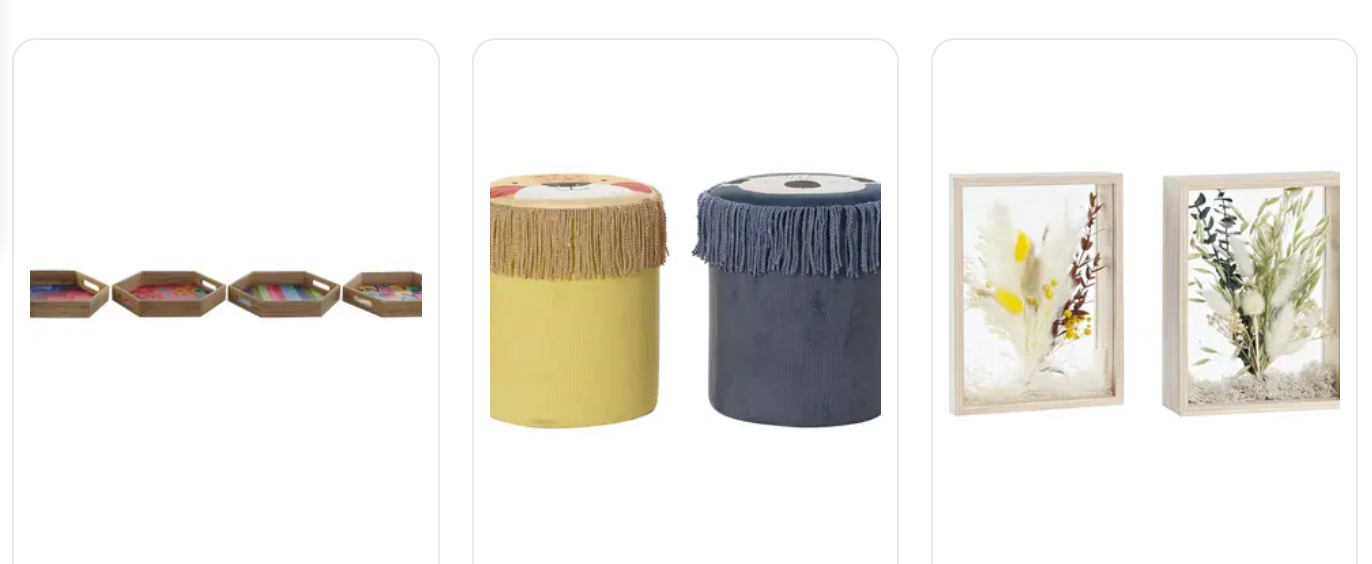
Home decor and office supplies give you quiet but steady wins for white label dropshipping in 2026. These pieces sit on desks, walls and shelves for months. So your brand stays in the room long after the first order.
Here are the pros of white label home decor and office supplies:
- Many small items that ship light and safely
- Easy to turn into “desk setup” or “study kit” bundles
- Works for evergreen needs like work, study, and home comfort
A good way to start is to keep your first collection tight. Choose five to ten pieces that can appear in the same photo. For example, a desk mat with a matching coaster, pen holder, and wall print. This helps your product photos do the selling for you and makes it easier to raise average order value with bundles.
12. Candles, essential oils
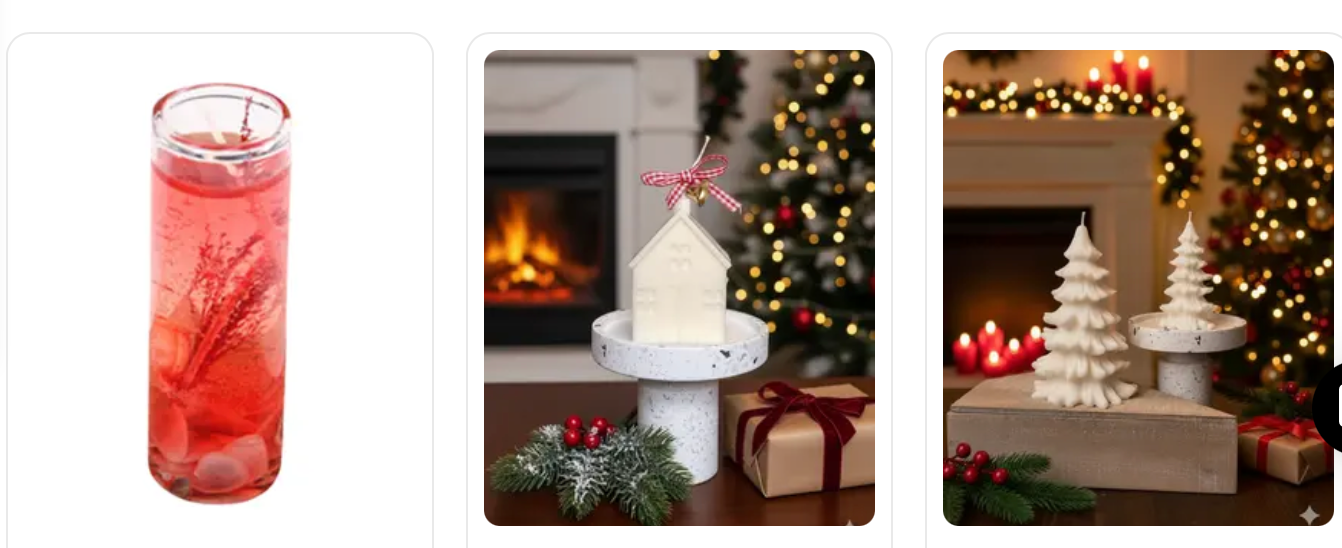
Candles and essential oils give you that “small luxury” feeling that buyers love, without a huge price tag. People use them for stress relief, sleep, and cozy home vibes. When a scent clicks, they usually want the same one again and again, which is perfect for repeat orders.
Some reasons this category works well:
- Scents run out, so buyers come back for refills
- Seasonal lines keep your store fresh all year
- Jar and label tweaks help you test new looks with less work
To get real value from this niche, think in “rituals” instead of single items. For example, create a “sleep set” with a candle, an oil blend, and a pillow spray, or a “focus set” for home office buyers. Bundles like this feel premium and raise your average order value.
Heat and weight matter here, so logistics deserve real attention. Candles are heavy, and wax can soften in transit. Try to use suppliers with warehouses close to your main buyers and ask how they pack glass jars. For oils, check that bottles seal well and that labels show clear usage and safety notes.
13. Beach towels
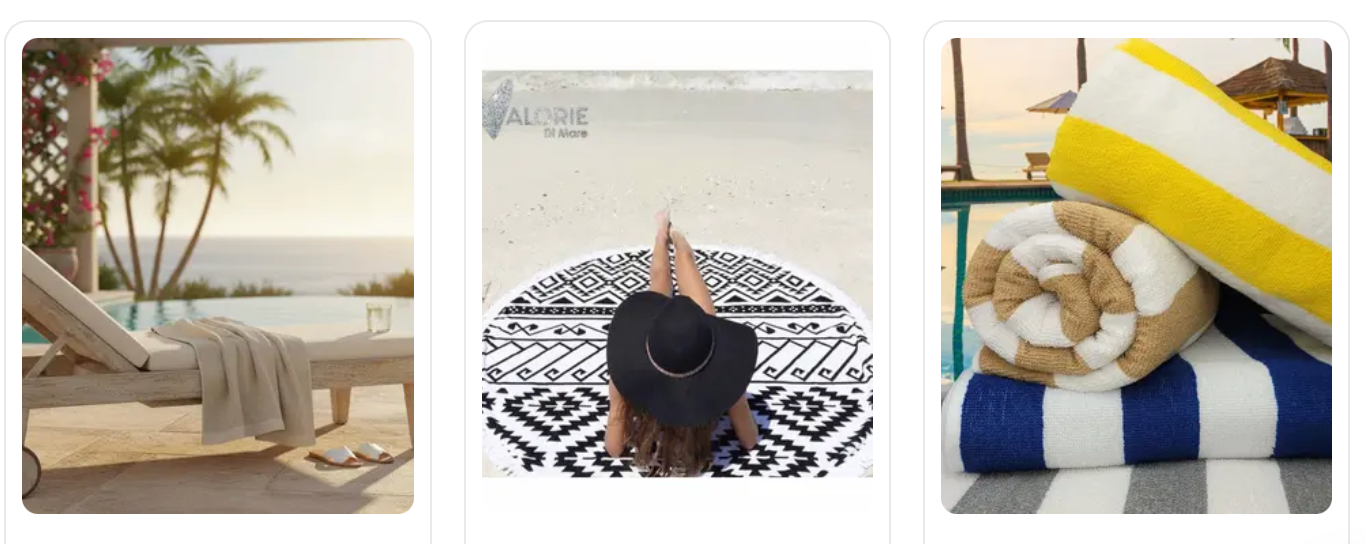
Now that we have covered home and desk items, let us step outside for a second. Beach towels are a fun white label product because they live in travel photos and family trips. One strong design can show up in reels without extra ad spend from you.
Some reasons this category works well:
- Huge print area for bold designs and branding
- Fits travel, summer, and gift campaigns
- Easy to bundle with tote bags and swimwear
To make towels pay off, think in collections, not single pieces. For example, build a “summer set” that includes a towel, a tote bag, and a water bottle. You can also run limited prints tied to seasons or destinations. That gives buyers a reason to grab the new drop before it sells out.
14. Jewelry and accessories

Jewelry and small accessories are perfect when you want high perceived value without a huge cost. Buyers see them as little upgrades or gifts. So one low-cost item can bring in a healthy profit, especially when you give it a strong story.
Some reasons this category works well:
- Small item cost with premium pricing room
- Easy to build matching sets and bundles
- Great for content and user photos
To make jewelry work long-term, pay attention to materials. Ask suppliers about base metal, plating thickness, and whether pieces are nickel-free. Clear details on the product page help you avoid allergy issues and bad reviews.
15. Fitness equipment
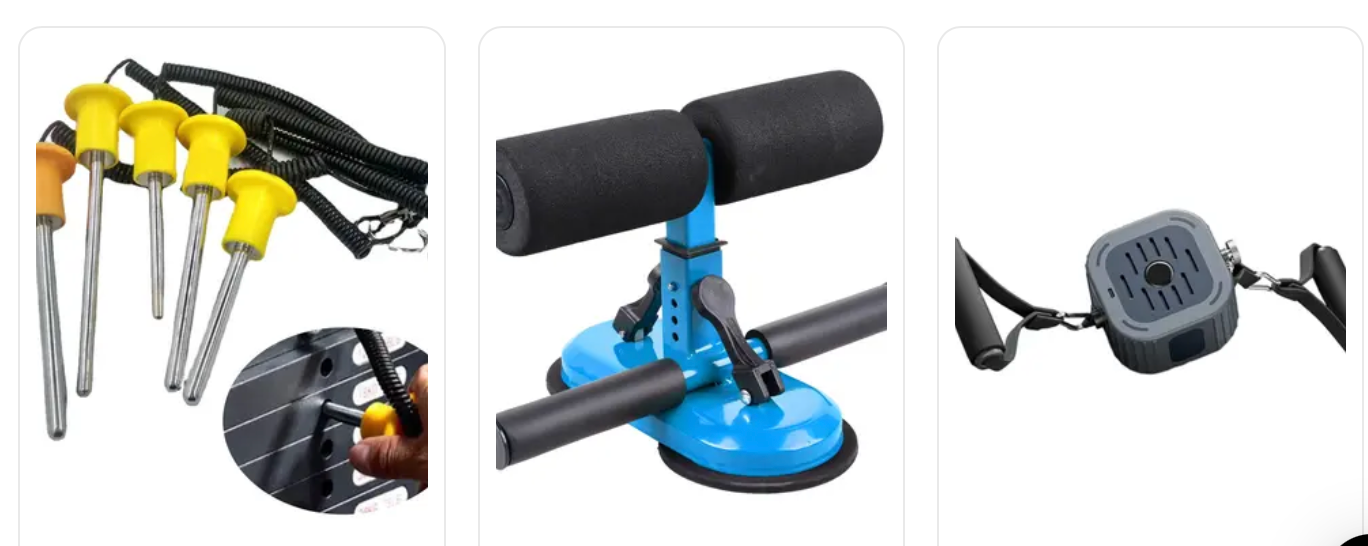
Fitness equipment works very well as white label products, especially when you focus on smaller pieces instead of giant machines.
Some reasons this category works well:
- People use the gear many times each week
- You can sell bundles like “home starter kit”
- Content ideas are endless with short workout clips
A simple way to launch is to design three clear kits. For example, a beginner home set, a “desk worker” stretch set, and a travel kit. Each kit can mix a mat, a band, and one small tool. This helps you raise order value and also makes shopping easier for your buyers.
White Label Products: FAQs
1. What is an example of a white label product?
Think about a supermarket shampoo. Behind the scenes, a factory creates a base formula and sells it as private-label products. A third-party manufacturer makes big batches, and white label manufacturers fill bottles for different stores. That way, one company sells a premium spa line, another sells a budget range, yet the core is the same product.
You see this in everyday product categories. Supermarket shampoos sit beside salon-style personal care lines, and even wellness drinks or powders, such as dietary supplements and food items, follow a similar pattern. Often, these ranges sit right beside big national brands that also use factory partners. The labels change, the scent or flavor changes, and you get many private label brands on the shelf, even though they all count as simple consumer goods built from a shared generic product base.
2. Can you resell these products?
Yes, you can sell white label products quite easily. First, you sign up with white label services or work with white label companies that already ship to shops and online store owners. They give you access to ready product lines so you launch fast, then you focus on branding and traffic.
Those same items often reach multiple retailers. Some go to large retailers, others go to small new brands, but the core stock comes from the same place. You can utilize white label products in many various industries, from beauty to snacks, and never touch the items produced yourself. You simply plug them into different sales channels such as marketplaces, social commerce, and direct selling online under your own label. That is how this flexible white label model turns into a real white label business.
3. Are white label products legal?
They are legal as long as you follow the rules in each country. Serious private label manufacturers and white label suppliers already work inside that system. They handle private label manufacturing and white label production under clear contract manufacturing terms, then share documents that show tests and approvals.
Your job is to understand how their manufacturing process works and how quality control is handled. Ask about checks, audits, and recalls, and make sure high-quality products leave the factory. When you watch production costs and wider production and marketing costs at the same time, you protect margins without cutting corners. Good partners keep the brand’s reputation safe for years, so choose a truly reliable supplier rather than the cheapest option on a list.
4. Who owns the brand in white labeling?
In a typical deal, the factory stays quiet while you build the label. You run a brand and sell your own branded products that carry your story. This business model gives you room to shape a unique brand identity and place your own brand name on every box and page.
Because you guide the look and voice, you gain complete control over offers and future brand expansion. Smart marketing strategies raise your brand’s visibility and help you grow a loyal customer base that trusts you more than random discount labels. Over time, that trust turns into deep customer loyalty, a real competitive edge, and a significant advantage when you stand beside big players. In that sense, the products become a blank canvas that you fill with your own values, story, and promises.
5. How do you tell if a product is white labeled?
You rarely get a clear label that says “white label”, so you look for clues. On shelves and websites, you might notice a broad range of goods that share the same bottle or jar with only small changes in packaging design. The base product quality often feels the same even when logos change, and several brands use similar packaging, colors, and shapes, yet the products feel almost identical.
Sometimes you see basic versions plus custom products, personalized products, or other add-ons sold by the same store. That often means a factory offers strong customization options and even extensive customization on top of a standard base. Behind the scenes, brands use tools such as white label software to plug that catalog into their shop and present diverse products as if they were fully unique. In reality, only a few ranges are truly exclusive products, while many others share a quite common source.
6. How to make money with white-label products?
You make real profit when you match the right products with the right people. Start by defining a clear target market, then study market trends and real customer demands instead of chasing random ideas. That research guides what you launch and how you position it.
Next, pick the right manufacturer so your costs and quality stay balanced. When you understand pricing and keep healthy profit margins, you have room for ads, content, and support. Over time, white label offers become increasingly popular in many niches, so you can stack them into bundles, upsells, and subscriptions. If you track numbers calmly and adjust based on data, this simple setup can turn into a stable income stream.
Conclusion
Picking the right white label products is only half of the game. What really moves the needle is how you test, brand, and talk to your buyers every day.
Most of all, keep an eye on customer engagement. Read reviews, reply to messages, and update products based on what people tell you. When buyers feel heard, they come back, they share your brand, and they make your store stronger than any single product idea.








